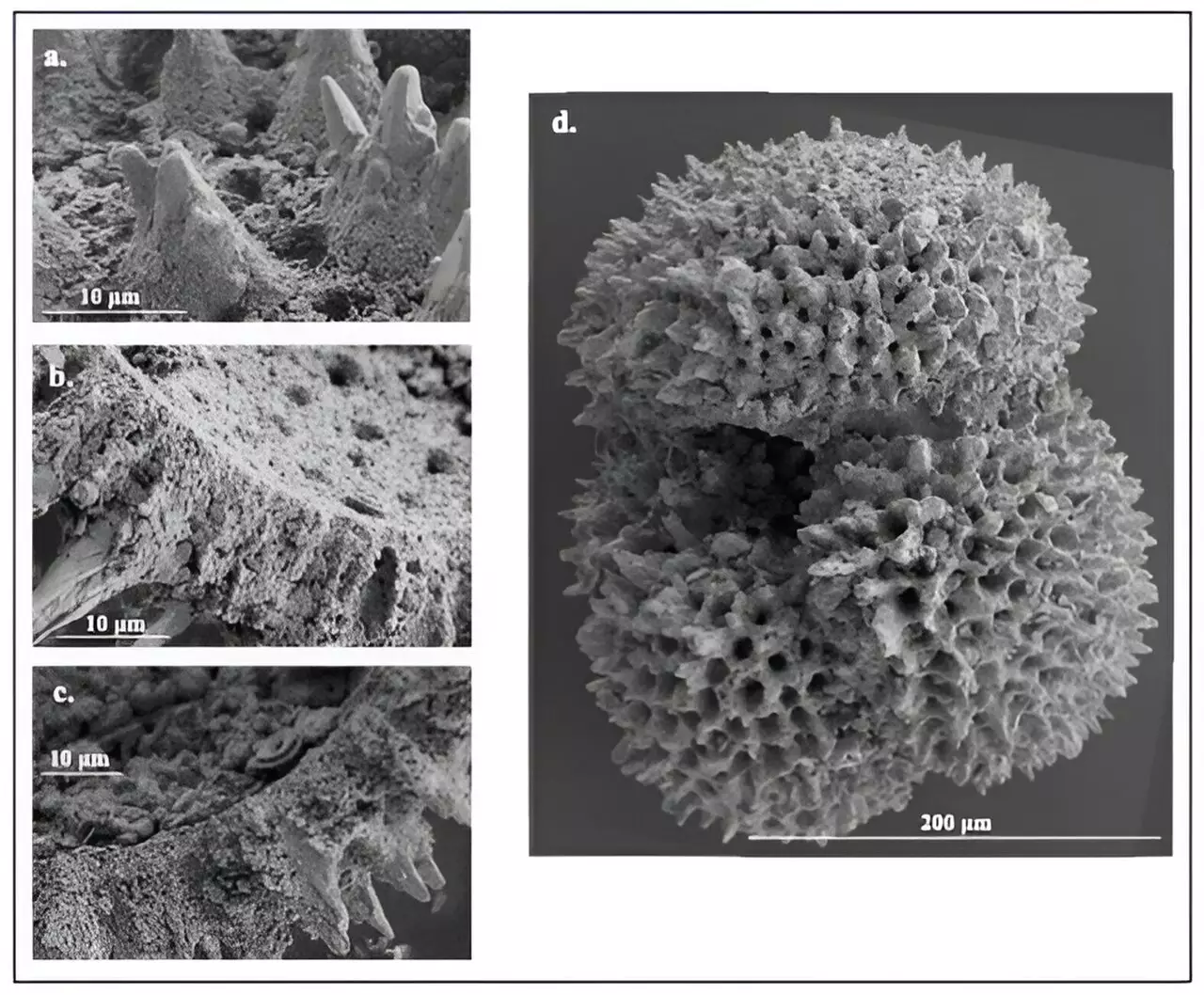Around 59 to 51 million years ago, during a critical transitional phase between the Paleocene and Eocene epochs, Earth underwent significant climatic shifts marked by extreme warmth. This period was characterized by both gradual warming over millions of years and abrupt temperature spikes, notably during events referred to as hyperthermals. Crucially, this epoch serves as a historical backdrop for understanding the relationship between carbon dioxide (CO2) emissions and global temperatures—insights that are profoundly pertinent as contemporary society grapples with anthropogenic climate change.
The primary driver of this prehistoric warming was substantial emissions of CO2 and other greenhouse gases. While it is well established that these gases have a direct correlation with temperature increases, additional contributors such as tectonic shifts may have also played an essential role. Recent research spearheaded by geoscientists at the University of Utah has shed light on this complex interaction, uncovering a tightly woven relationship between sea surface temperatures and atmospheric CO2 levels during these ancient epochs.
Lead author Dustin Harper emphasizes that understanding past carbon release events is vital for assessing the future trajectory of our planet’s climate. He notes that although no two climatic events are identical, the elements observed during these epochs can provide predictive frameworks for contemporary climate scenarios—particularly as society continues to emit greenhouse gases at unprecedented rates.
The recent study, published in the *Proceedings of the National Academy of Sciences*, relied on analyzing microscopic fossil evidence collected from subaqueous geological formations. By examining drilling cores from an underwater plateau in the Pacific Ocean, researchers aimed to reconstruct historical sea surface chemistry and temperatures. The microscopic fossils used, specifically foraminifera (tiny shelled organisms), serve as valuable proxies for past ocean conditions, enabling scientists to infer atmospheric CO2 levels during the warm periods.
This research utilized advanced statistical modeling techniques to derive reconstructions of sea surface temperatures alongside atmospheric CO2 levels over the course of six million years, with a particular focus on two hyperthermals: the Paleocene-Eocene Thermal Maximum (PETM) and Eocene Thermal Maximum 2 (ETM-2). These discoveries suggest a direct relationship between rising atmospheric CO2 levels and corresponding global temperature increases, reinforcing the importance of understanding these ancient events to contextualize modern climate challenges.
One key finding of the study, highlighted by co-author Gabriel Bowen, is centered on climate sensitivity regarding CO2 changes. While the long-term impact of varied CO2 levels appeared to show some flexibility in climate response, researchers noted a common pattern of sensitivity across different epochs. This information holds significant implications for modern climate models, particularly when assessing potential future warming scenarios.
Today’s fossil fuel-related activities are releasing carbon into the atmosphere four to ten times faster than during the ancient thermal events. Despite this rapid injection, the total carbon released during ancient warming episodes aligns with projections of future anthropogenic emissions. This realization offers a unique opportunity for scientists to examine potential future scenarios by studying the climatic impacts of historical carbon discharge.
The findings compel further inquiry into the climatic consequences experienced during these historical warming episodes over 50 million years ago. Harper implies that these events could serve as critical case studies for understanding the environmental changes that may ensue from present-day carbon emissions. By utilizing historical precedents, scientists could enhance their understanding of the intricate dynamics of the climate system.
During the PETM, Earth found itself devoid of polar ice sheets, with ocean temperatures reaching the mid-90s in Fahrenheit. The study’s methodology, which hinged on fossilized foraminifera, involved analyzing the boron isotopes contained within these shells. This analysis provided a proxy measure for CO2 concentrations in seawater, which could then be extrapolated to gauge atmospheric CO2 levels.
As the Earth confronts critical climatic challenges due to human-induced greenhouse gas emissions, looking back to historical warming events provides invaluable insight. The research conducted by the University of Utah gives a glimpse into potential future scenarios by investigating ancient climate responses to carbon release. By drawing analogies from the PETM and ETM-2, a clearer understanding of our planet’s climate sensitivity and response mechanisms can emerge, arming policymakers and scientists with knowledge crucial for navigating the treacherous waters of global warming. Understanding historical precedence is not merely academic; it shapes our strategy for future climate resilience and underscores the urgent need for collective action on a global scale.

